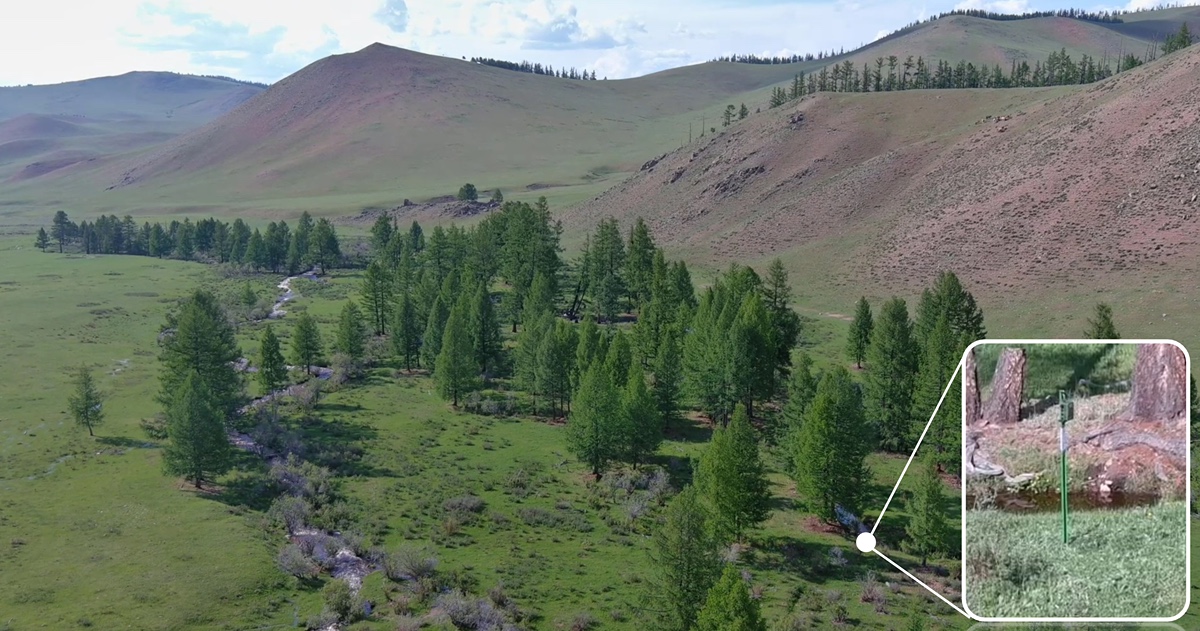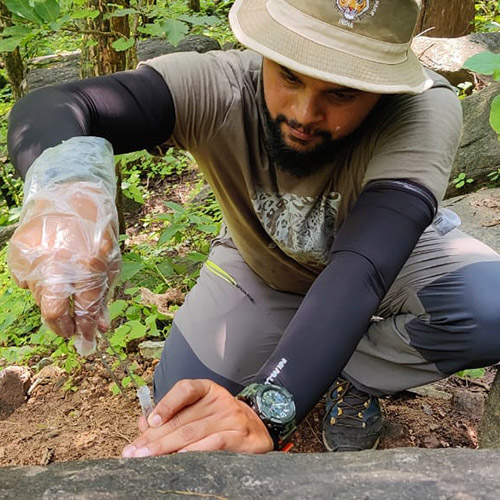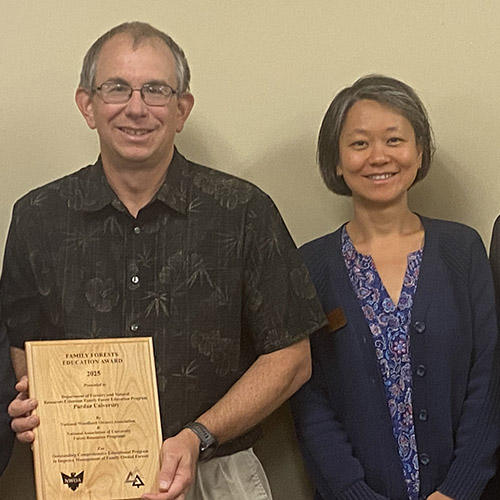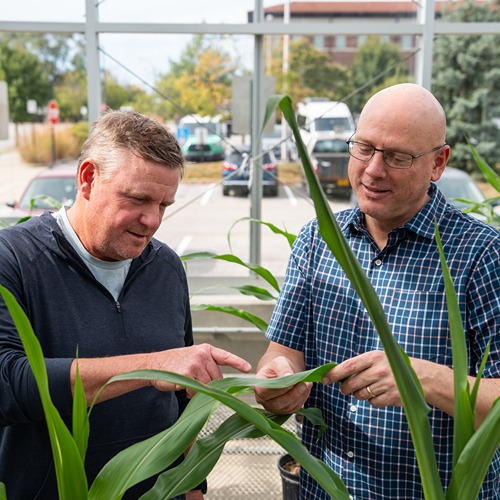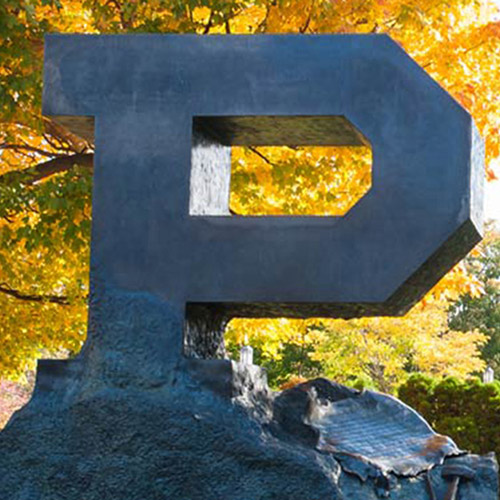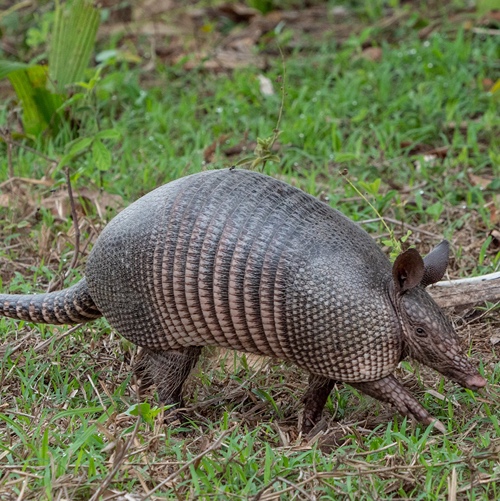HTIRC Partners with Tree Pro to Distribute Hardwood Seedlings
The Purdue Hardwood Tree Improvement and Regeneration Center has signed a commercial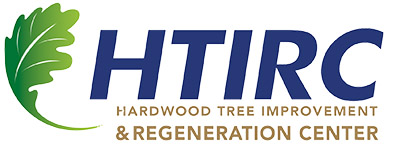 partnership agreement with Tree Pro to distribute select hardwood seedlings from its breeding program beginning in March 2025.
partnership agreement with Tree Pro to distribute select hardwood seedlings from its breeding program beginning in March 2025.
The partnership, which will mark the HTIRC’s first commercial release of seedlings in its 25-year history, will see West Lafayette, Ind., based Tree Pro distribute bare root seedlings of six species across its timber select, conservation and wildlife lines. Timber select varieties will include black walnut, black cherry, northern red oak, white oak and pure and hybrid butternut. Conservation species include pure butternut and American chestnut. The wildlife line will feature select precocious white oak.
The HTIRC collection is available for purchase now on the Tree Pro website. Delivery of the seedlings is set for March 2025.
For over five decades, Purdue University and the HTIRC have assembled, tested and selected populations of Indiana’s most valuable hardwood tree species (black cherry, black walnut, northern red oak and white oak) for deployment across the Midwest’s Central Hardwood Forest region. Populations of all four species have been selected for stem straightness and growth rate and are under continuous improvement as breeders remove underperforming clones and seedlings from seed production areas.
Today, as a product of the HTIRC’s efforts, numerous progeny tests, grafted clone banks and orchards exist at Purdue properties across Indiana and are now producing commercial quantities of seed for distribution. A commercial partnership with Tree Pro now gives the HTIRC an outlet to distribute its hardwood trees to landowners throughout the Central Hardwood Forest Region.
“Tree Pro’s established reputation with conservation groups, private landowners and foresters makes them an ideal distributor of the HTIRC’s select material,” said Matt Ginzel, director of the HTIRC. “We want to make it clear that this partnership will not take away from our existing relationship to provide seeds and seedlings to the Indiana Department of Natural Resources. This simply gives us another avenue to get our material into the hands of the public and to achieve our goal of increasing the value and resilience of woodlands by enriching the diversity of seedlings available for reforestation efforts.”
Tree Pro has been in business for 37 years and is known for its tree protection products (Miracle Tube) and lines of fruit and nut trees oriented to hunters and wildlife enthusiasts.
“When we were approached about the opportunity to distribute genetically diverse select hardwood seedlings from the HTIRC, we were instantly excited,” said Tommy Mills, co-owner of Tree Pro. “It brings our start as a company with black walnuts full circle.”
In addition to making selections on four major hardwood species, the HTIRC has been working to preserve and develop disease-resistant populations of two endangered native fine hardwood species – butternut and American chestnut.
After more than 20 years of work, the HTIRC now possesses the most diverse collection of butternut in the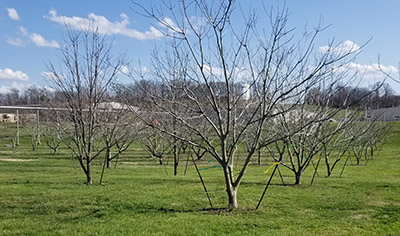 United States, and has made significant advances in breeding butternuts resistant to the deadly butternut canker fungus. The HTIRC’s canker-resistant butternut program utilizes both pure butternut and hybrids between the butternut (Juglans cinerea) and the Japanese walnut (Juglans ailantifolia), with a program goal of decreasing the proportion of Japanese walnut genetics in the population while increasing overall canker resistance. A collection of pure, disease susceptible butternuts also is maintained for research purposes, and provides valuable seed for organizations and individuals that prefer pure butternut over hybrid butternut.
United States, and has made significant advances in breeding butternuts resistant to the deadly butternut canker fungus. The HTIRC’s canker-resistant butternut program utilizes both pure butternut and hybrids between the butternut (Juglans cinerea) and the Japanese walnut (Juglans ailantifolia), with a program goal of decreasing the proportion of Japanese walnut genetics in the population while increasing overall canker resistance. A collection of pure, disease susceptible butternuts also is maintained for research purposes, and provides valuable seed for organizations and individuals that prefer pure butternut over hybrid butternut.
The American chestnut, once the backbone of timber production for all uses in the eastern United States and a prolific producer of nuts for animals and humans alike, is now functionally extinct due to the accidental introduction of the chestnut blight fungus in 1904. In collaboration with the American Chestnut Foundation and other entities, the HTIRC has assembled an American chestnut collection that represents pure American chestnuts from Indiana and neighboring states. It stands as one of the few grafted American chestnut collections in the country. While currently unavailable for public release, the HTIRC’s ongoing efforts to breed a blight-resistant American chestnut encompasses the use of both interspecific hybrid breeding and biotechnology to restore a long-lost forest species.
“The mother trees for HTIRC’s Timber Select lines were all selected for straight stems with few defects like low forks that can negatively impact standing timber value, while the Timber Select butternuts were selected for their resistance to butternut canker disease,” said Caleb Kell, operational tree breeder for the HTIRC. “Landowners have a good chance of getting similar characteristics out of their seedlings if they are planted on suitable soils with deer protection, which is one of Tree Pro’s specialties.”
1 - HTIRC Timber Select Black Walnut (Juglans nigra):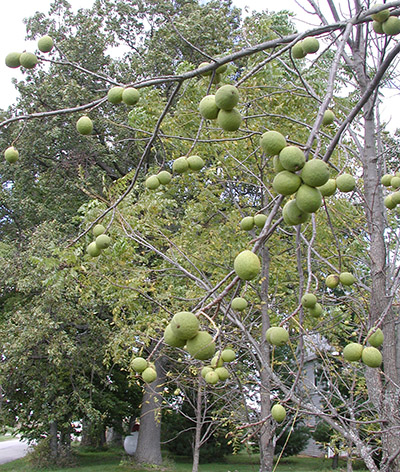
These seedlings are the result of over 50 years of black walnut breeding at Purdue University. Grown from seed from the best performing parent trees in dedicated seed orchards. Seedlings from these orchards frequently outperform seedlings from other sources in numerous Purdue test plantings and represent outstanding trees from across Indiana with a high degree of genetic diversity. Just recently, second generation selections along with orchard sourced trees of the best first-generation selections are being mixed and exceed 50 unique genotypes to maximize genetic diversity.
2 - HTIRC Timber Select Black Cherry (Prunus serotina):
The parent trees for these seedlings were collected from veneer-grade trees throughout Indiana, Michigan and the Allegheny Plateau of Pennsylvania where there is a concentration of high-quality black cherry veneer trees. Assembled into dedicated seed orchards, seedlings from these parent trees frequently outperform seedlings from other sources in Purdue test plantings and have shown the most genetic gain in selection. This collection consists of roughly 60% Pennsylvania and 40% Indiana trees, with some originating from Michigan. Our research has discovered that not all PA trees are adapted to Indiana and the upper Midwest and those are being rogued out.
3 - HTIRC Timber Select Northern Red Oak (Q. rubra):
These second-generation seedlings are from the best performing trees at Purdue in test plantings of over 70 elite parents selected from forests and plantations. Only trees with above-average growth and timber form are selected and thinning of poorly growing families and individuals is ongoing. The families come from a wide geographic range and offer a very high level of genetic diversity.
4 - HTIRC Timber Select White Oak (Quercus alba):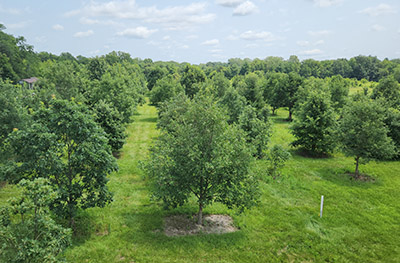
HTIRC Timber Select white oak is from an isolated grafted white oak orchard at Purdue University. Parent trees for these orchards were selected from test plantings across Indiana for above average height growth and timber form. New selections are discovered and added every year to maximize diversity.
5 - HTIRC Timber Select Pure and Hybrid Butternut (J. cinerea and ([J. ailantifolia × J. cinerea] × J. cinerea)):
Seedlings sourced from a HTIRC breeding orchard of grafted hybrid and pure butternut trees, approximately 50:50 (half pure and half hybrid clones) selected for high butternut canker disease resistance in screening trials at Purdue. The hybrids contain Japanese walnut (J. ailantifolia) which add to and enhance the limited resistance of pure butternut. Hybrid selections are largely ¾ J. cinerea and ¼ J. ailantifolia as determined through DNA and morphological analyses. Formal HTIRC studies have additionally revealed that these butternut hybrids perform nearly identically to pure butternut when planted in the wild.
6 - HTIRC Conservation Pure Butternut (J. cinerea):
Pure butternut seedlings sourced from a grafted orchard established by the Hoosier National Forest and the HTIRC. Parents consist of genetically tested pure butternuts sourced from southern Indiana, Ohio and northern Kentucky. Designed to provide seed for reforestation, this pure J. cinerea orchard has begun to produce more seed than the Hoosier NF can plant. Additional sources and backgrounds will be added as new HTIRC butternut conservation orchards mature.
7 - HTIRC Conservation American Chestnut (Castanea dentata):
Pure American chestnut is a keystone species of the Eastern Deciduous Forest that was decimated by the chestnut blight fungus introduced from Asia in 1904. Seed is sourced from grafted pure American chestnut orchards and rare wild survivors from our Indiana chapter of The American Chestnut Foundation (TACF) cooperators. The HTIRC provides material in support of ongoing breeding and research needs first and then excess seed is distributed to the public. Seed for this line is collected only from isolated places without other chestnut species to hybridize with. All of these American chestnuts are highly susceptible to chestnut blight and have no genetic resistance and are best used as seed trees for conservation and wildlife attraction.
8 - HTIRC Wildlife Select Precocious White Oak (Q. alba):
Seedlings sourced from a grafted orchard of white oaks selected for early flowering starting at nine years of age. Additionally, many of these trees bear large and regular crops of acorns. This option is a valuable addition for those wanting to add white oak acorns to their wildlife food plots. The timber form and growth of these selections is average at best as parents were selected only for precocity and acorn yield.
